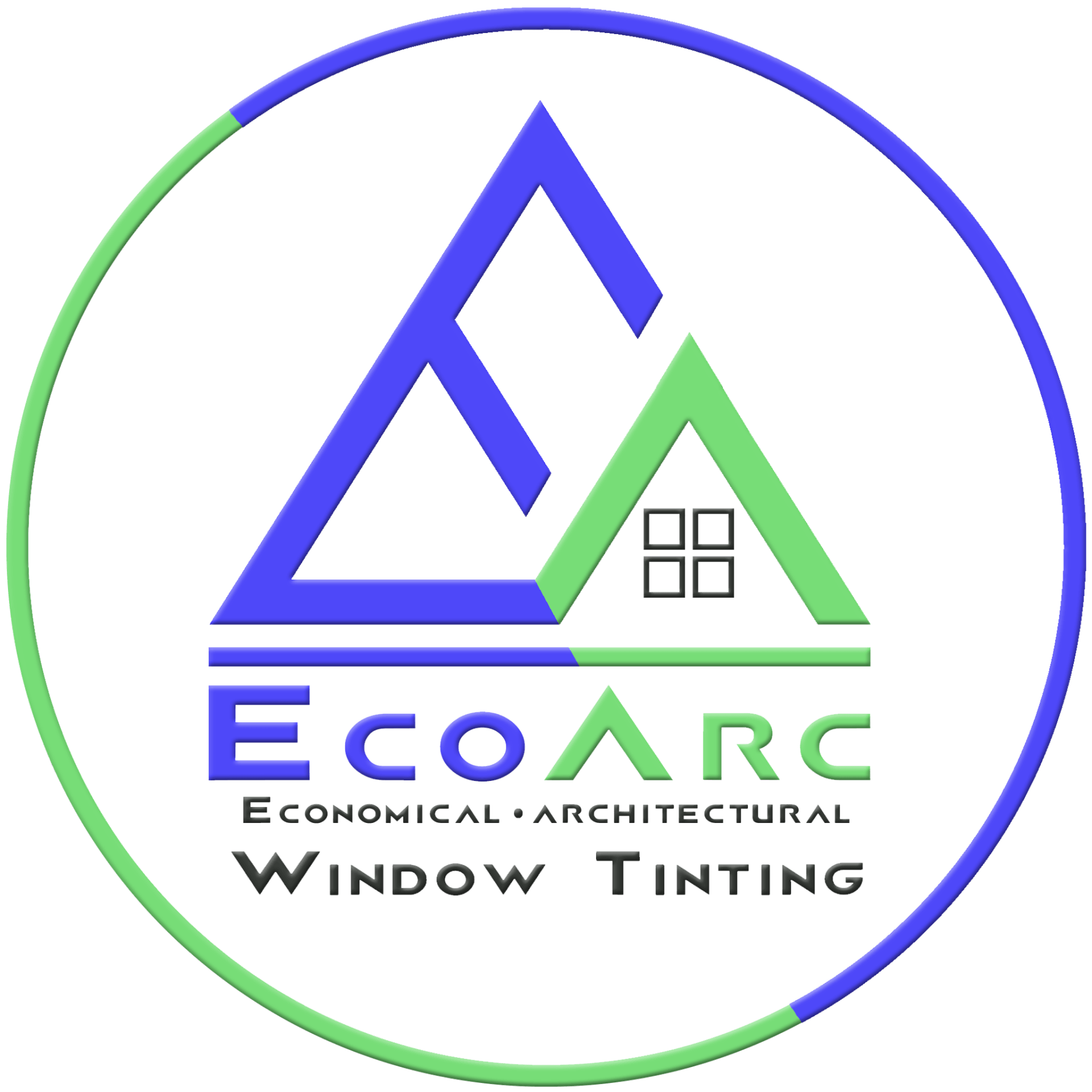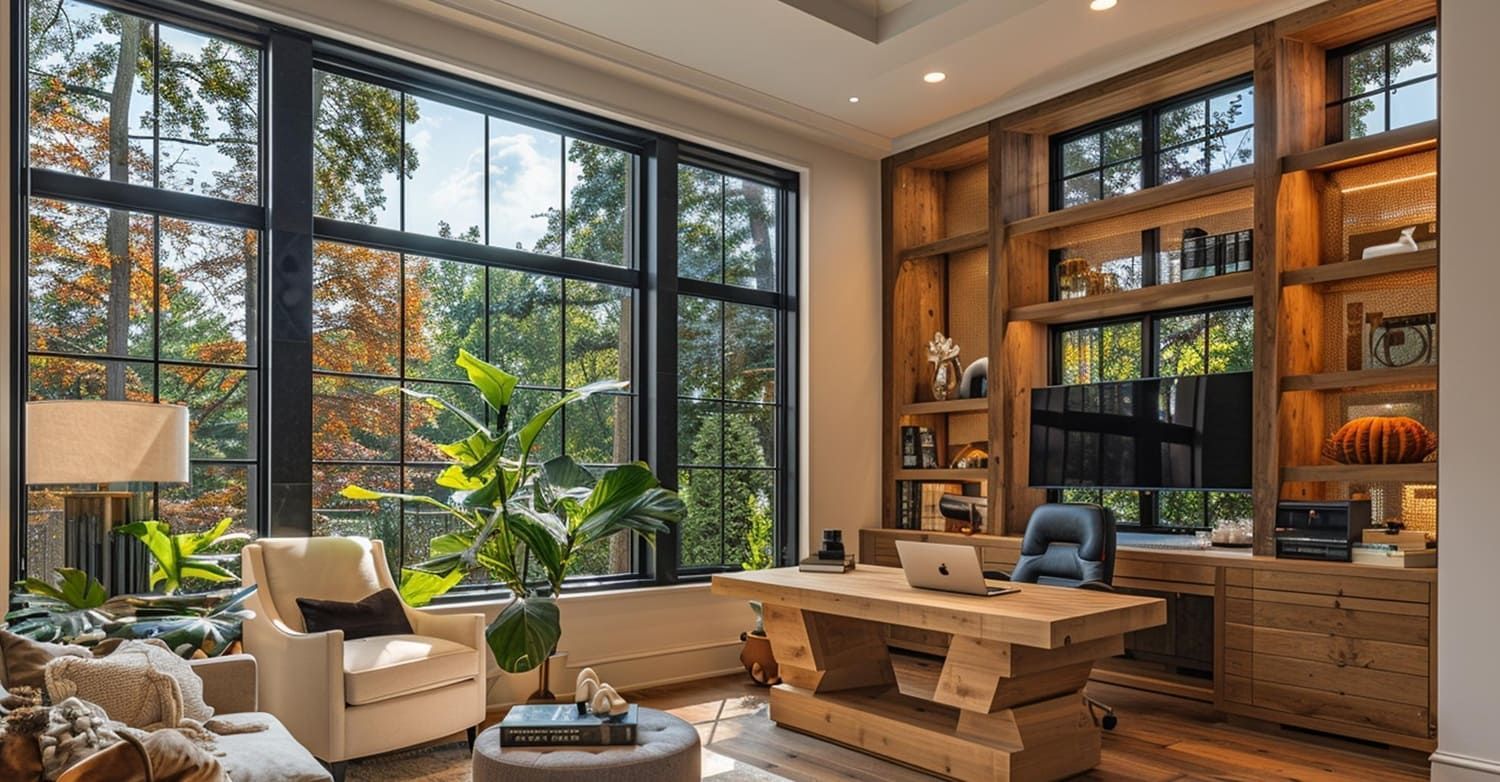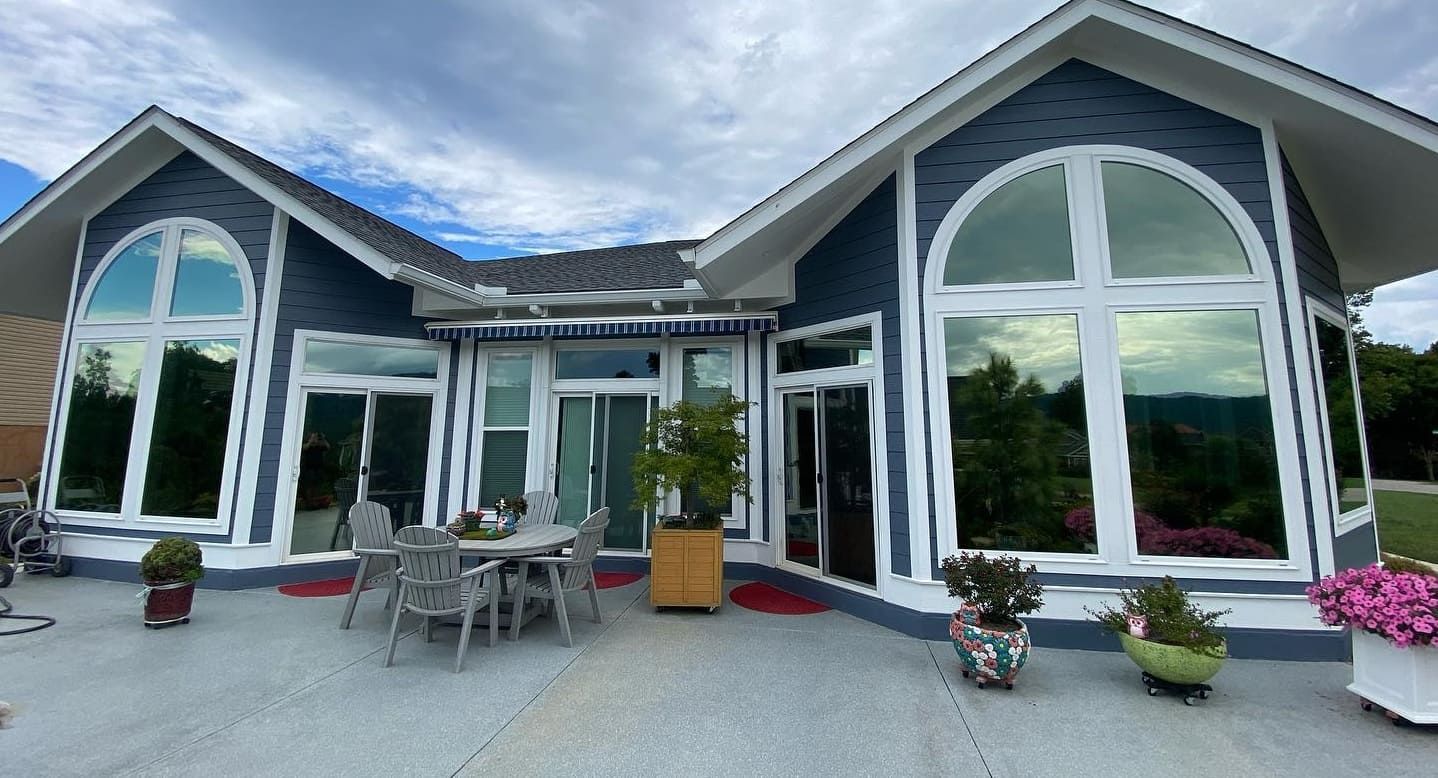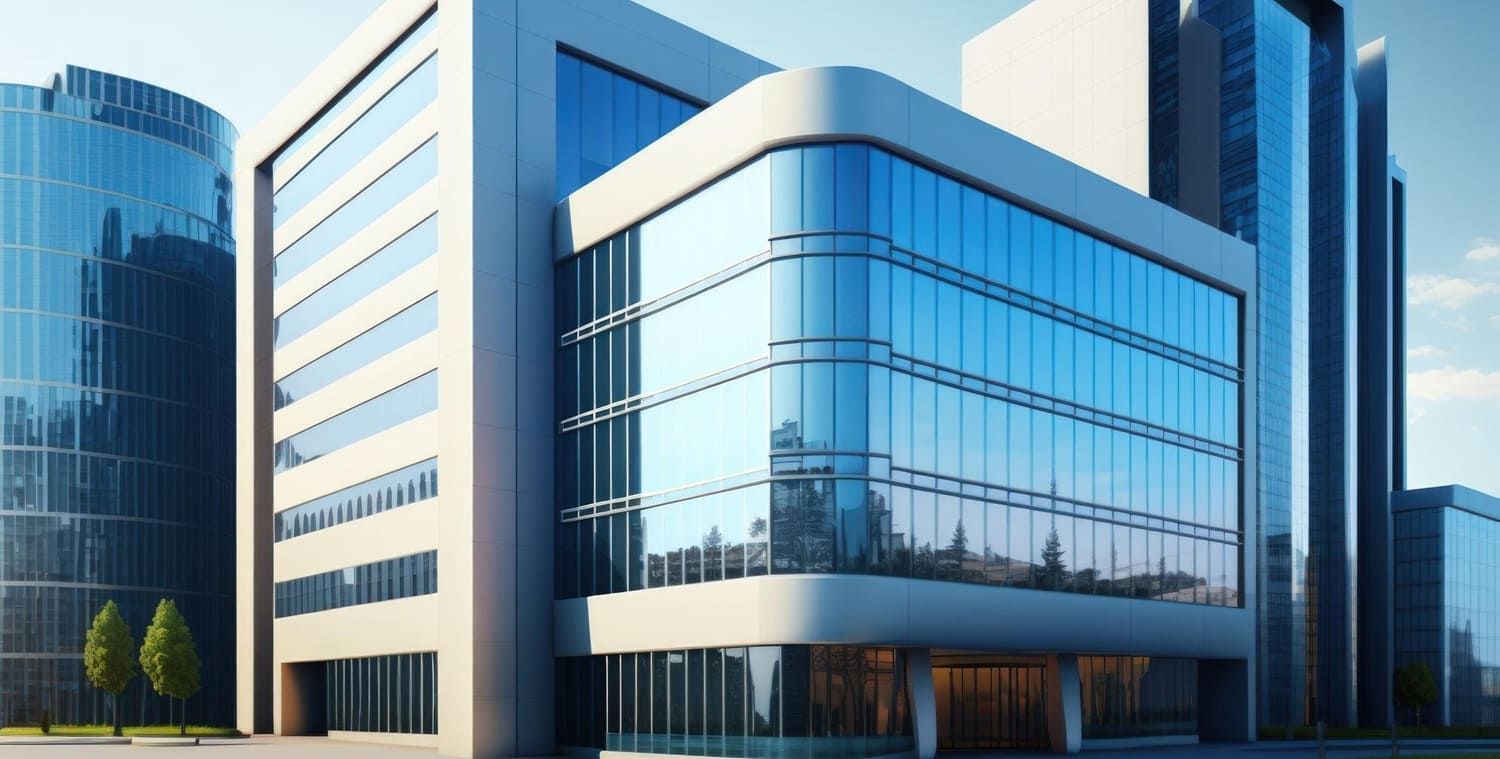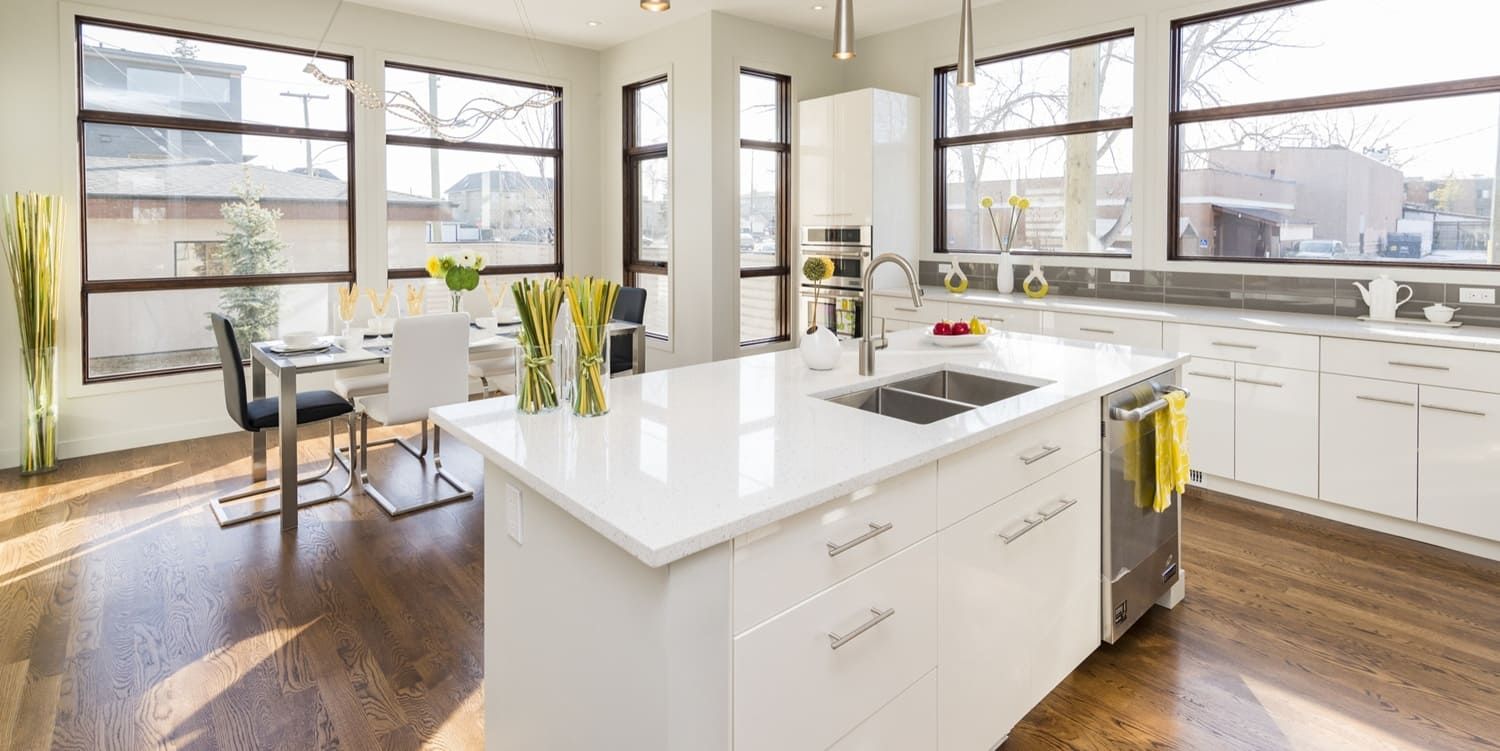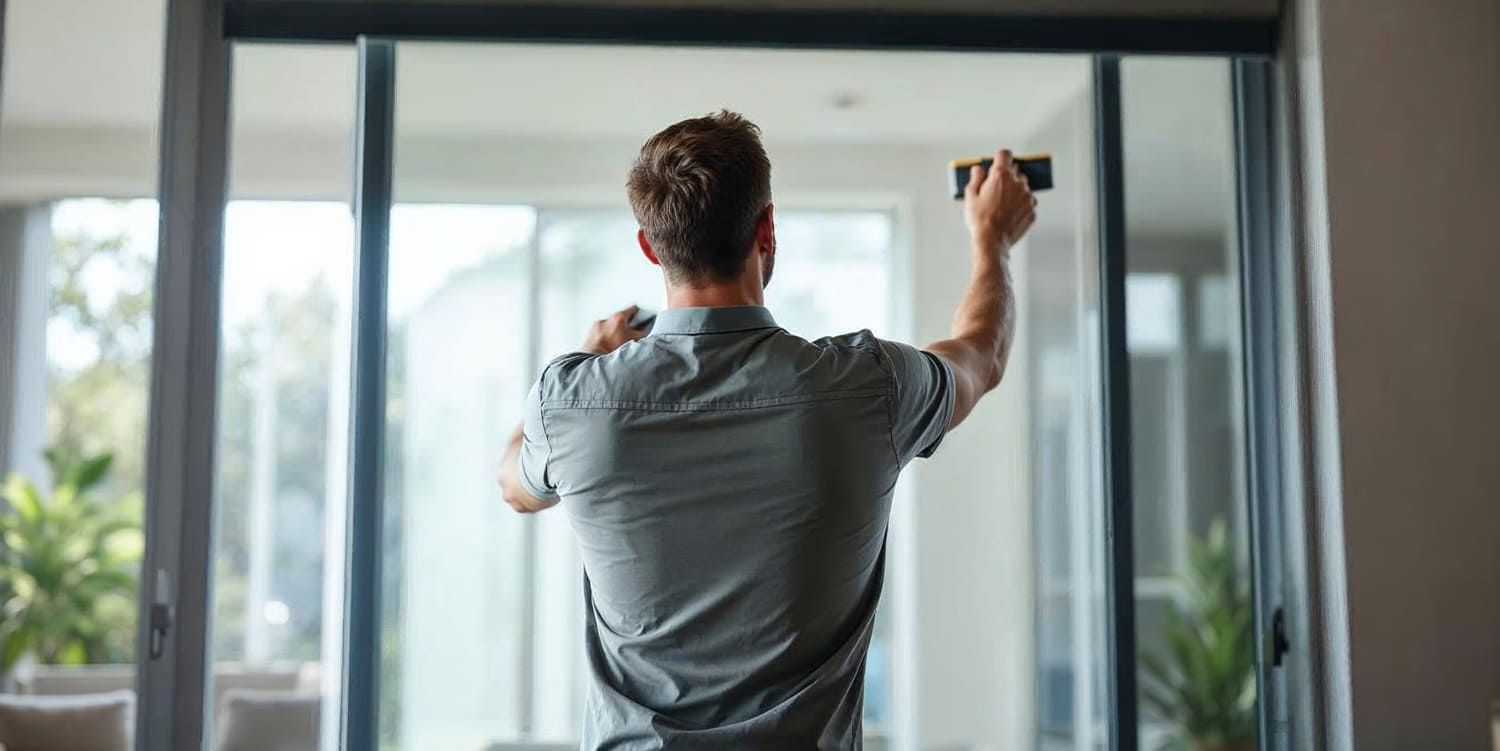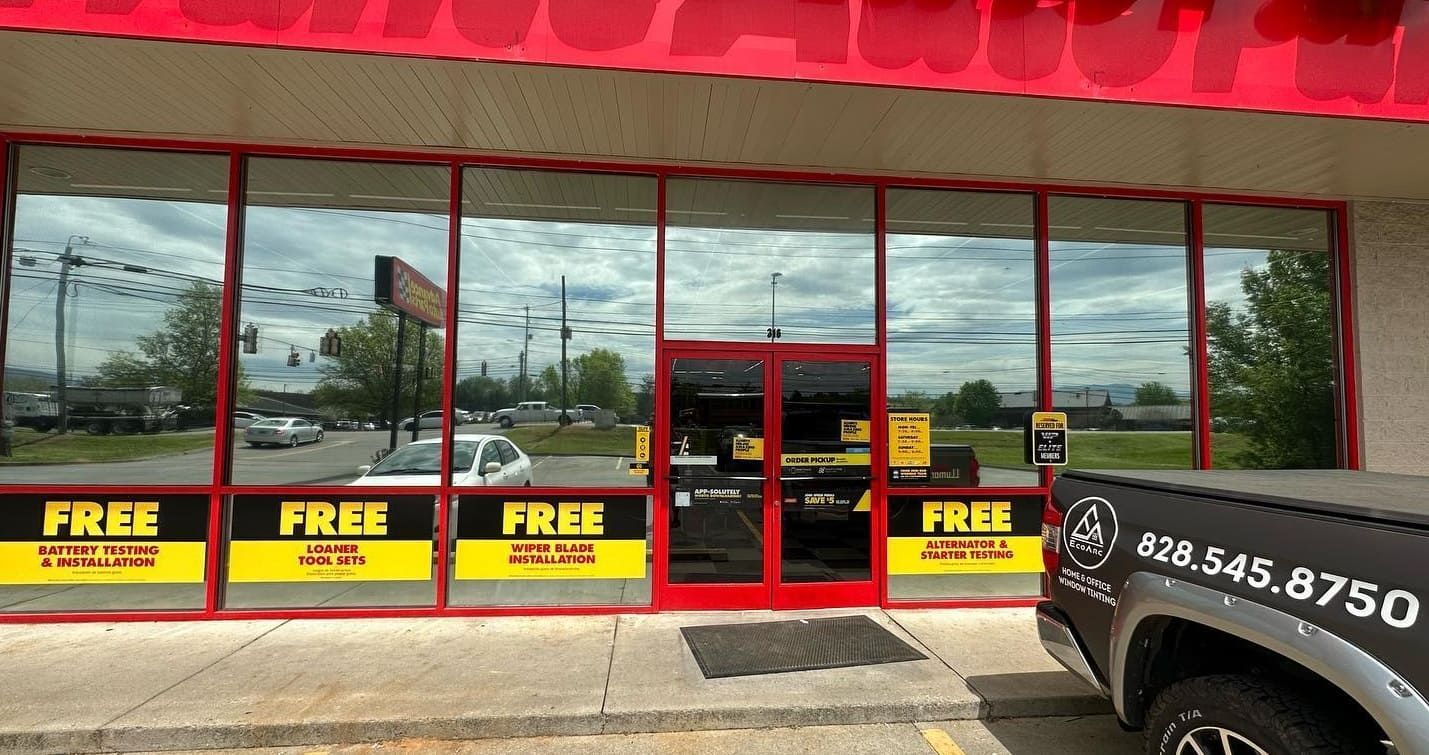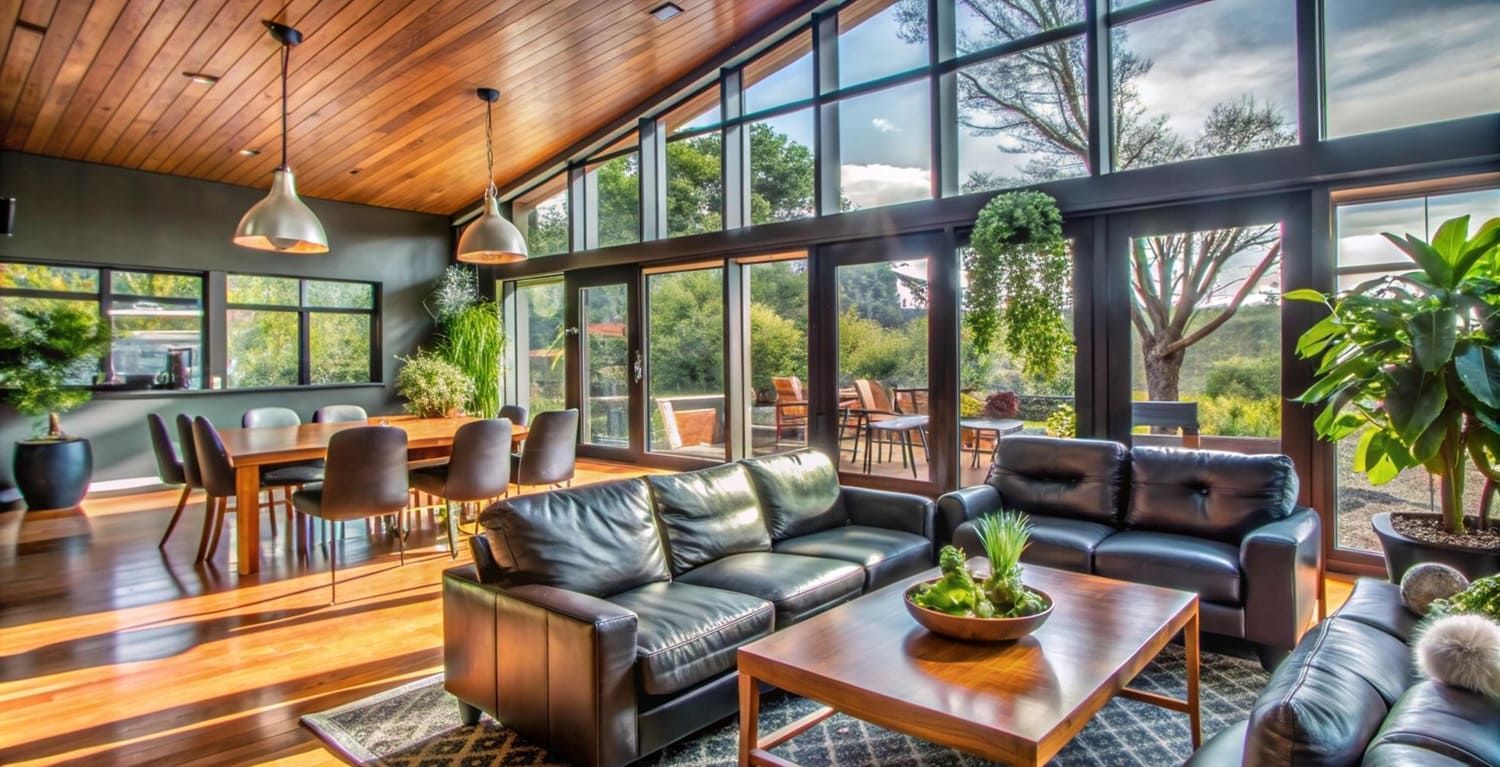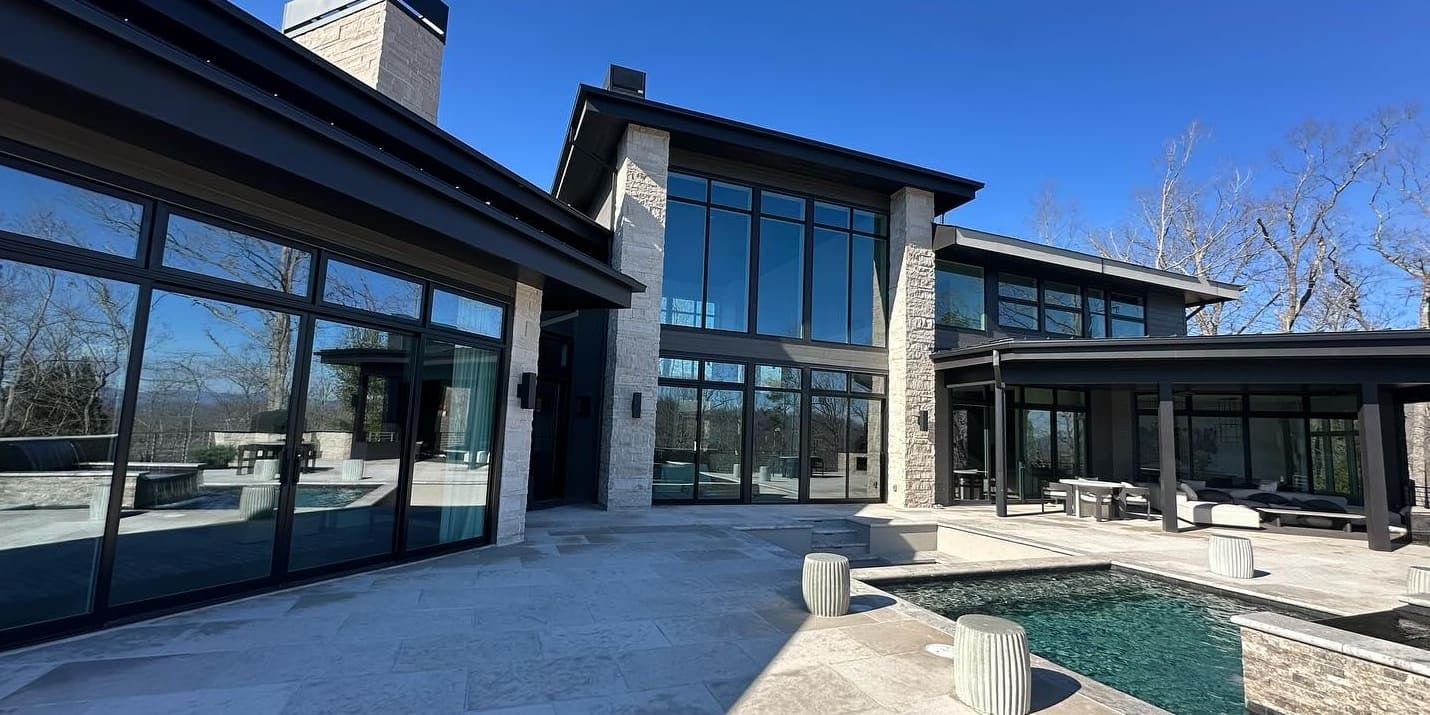Is Solar Window Film Worth It? Cost, Comfort & Energy ROI Explained
Solar window film is a thin laminate applied to existing glass that lowers solar heat gain, blocks harmful ultraviolet (UV) rays, and cuts glare to make indoor spaces more comfortable and energy-efficient. This guide walks through how window tinting works, the measurable benefits for homes and businesses, and realistic return-on-investment (ROI) expectations when you weigh upfront cost against ongoing savings. Whether film is a cost-effective alternative to full window replacement or interior shading depends on film type, installation quality, and local climate factors that drive heating and cooling loads. Below we translate technical performance measures—visible light transmission (VLT), solar heat gain coefficient (SHGC) reduction, infrared (IR) rejection, and UV blocking—into practical outcomes like shorter AC runtime, cooler interior surface temperatures, and longer-lasting furnishings. You’ll also find cost and payback examples, comparisons of film technologies, regional performance notes for Western North Carolina and East Tennessee, common concerns about durability and appearance, and steps to request a free, site-specific estimate.
If you own property in Western North Carolina or East Tennessee, these details help you decide with confidence. EcoArc Home & Office Window Tinting installs tailored solutions for local climates, combining quality products with experienced installation.

What Are the Key Benefits of Solar Window Film for Homes and Businesses?
Solar window film delivers several practical benefits at once: lower cooling energy use, noticeable comfort improvements through reduced surface and air temperatures, and protection of interiors by blocking up to 99% of damaging UV light. Films work by selectively rejecting infrared and UV energy while allowing controlled visible light through, so you keep daylight without the heat. In offices and retail spaces this also cuts screen glare and boosts occupant comfort and productivity. At home, film helps preserve furniture, flooring, and artwork from fading. Below we break these benefits into clear categories and share typical performance ranges to help you decide which windows to treat first.
In practical terms, solar film can reduce HVAC costs, improve thermal comfort, cut glare, and protect interiors. Installers and manufacturers report these outcomes as percent reductions in peak cooling demand, degrees of surface temperature drop, and UV-blocking percentages. Knowing these metrics helps you prioritize windows and request the right film specifications. The following sections explain how film improves efficiency, the comfort gains you’re likely to notice, and how interior protection and privacy options fit into the decision.
How Does Solar Window Film Improve Energy Efficiency and Reduce Costs?
Solar window film improves energy efficiency mainly by lowering the solar heat gain coefficient (SHGC) of treated glass, which reduces the amount of solar energy entering conditioned space and therefore eases the HVAC load. Put simply: film → reduces SHGC → cuts cooling demand. Typical installations can reduce cooling energy in sun-exposed rooms by roughly 5–15%, depending on orientation, glass area, and local climate. For example, a south-facing living room that costs $150/month to cool might save about $8–$22 per month after film installation, adding up to noticeable annual savings. Studies and industry reports also show secondary benefits—reduced peak loads, shorter compressor runtime, and longer equipment life—so savings stack when film is part of a broader efficiency strategy.
A case study of two commercial buildings in Shanghai demonstrated meaningful cooling reductions from solar window film, illustrating the potential for real energy savings.
Energy Savings from Solar Window Film: A Case Study
calculate the optical properties of a glazing system with and without solar control window films
Case study: Energy savings from solar window film in two commercial buildings in Shanghai, R Yin, 2012
How much you save depends on film choice (ceramic, low-E, reflective) and the VLT you select, which affects how much daylight you keep while shedding heat. Balancing VLT and SHGC reduction per window is key to maximizing energy ROI. Next, we cover the comfort improvements occupants commonly report after film installation.
What Comfort Improvements Does Solar Window Film Provide?
Solar film delivers clear comfort benefits by lowering interior surface temperatures and cutting glare, which together increase perceived comfort and can improve productivity in commercial settings. In many installs, treated window surfaces run 5–10°F cooler in direct sun, reducing radiant heat transfer to people and furnishings. Films that combine strong IR rejection with moderate VLT also reduce screen and work-surface glare without making rooms feel dim. Many occupants report feeling "more comfortable without lowering the thermostat," showing how passive solar control translates into everyday comfort gains.
Because individual comfort is subjective, it helps to pick film performance numerically (VLT, SHGC) so expectations match results. Choosing films that preserve daylight while rejecting heat keeps natural light advantages and reduces reliance on shades. The next section explains how film also protects interiors and adds privacy or security where needed.
How Does Solar Window Film Protect Interiors and Enhance Privacy?
Solar window film helps protect interiors by blocking UV radiation—often up to 99%—which is a major cause of fading in fabrics, artwork, and finishes. Films typically combine a UV-blocking layer with IR rejection to reduce both photochemical and heat-driven fading. Beyond preservation, privacy films limit visibility from outside while keeping daylight, and safety/security films add strength to glass, helping hold shards together on impact. Choosing the right film balances protection, appearance, and function for your most valuable interior assets.
Ceramic films are especially effective at blocking UV and IR energy, making them a strong choice when preserving interiors and reducing heat damage is a priority.
Thin Film Window Coatings for UV and IR Blocking
Ceramic films are known as efficient UV and IR blocking layers in glazing units. In this study, we investigate the performance of thin film coated windows for adaptive control of solar, thermal, and optical parameters.
Thin film coated windows towards low/zero carbon buildings: Adaptive control of solar, thermal, and optical parameters, E Cuce, 2021
Many customers combine a solar film for heat and UV control with targeted security film where risk or code requirements are higher. Deciding between solar-only, privacy, or security options comes down to matching film metrics to your priorities; we cover film types and trade-offs further below.
How Much Does Solar Window Film Cost and What Is the Return on Investment?
Installed costs vary by film technology, total treated area, labor complexity, and the condition of existing glass. Generally, film costs a fraction of full window replacement and often delivers faster payback. Major cost drivers include brand and warranty, number and size of panes, whether windows are single-pane or insulated glazing units (IGUs), access and height (scaffolding or lifts add labor), and any prep work for damaged seals. To estimate ROI, calculate installed cost per square foot, model annual energy savings, then compute payback = installed cost ÷ annual savings. Below is a comparison of common film types with typical installed cost ranges and expected payback timelines to guide your planning.
| Film Type | Typical Installed Cost per sq ft | Estimated Payback Years / Typical Savings % |
|---|---|---|
| Ceramic solar film | $6–$12 | 3–7 years / 8–15% annual cooling savings |
| Low-E insulating film | $8–$15 | 4–9 years / 5–12% combined heating/cooling savings |
| Reflective solar film | $5–$10 | 2–6 years / 8–18% cooling savings |
What Factors Influence the Initial Cost of Solar Window Film Installation?
Several variables affect the installed price: film brand and technology, glass condition (chips, delamination, or failed seals), pane count and size, window access and height, and any cutouts needed for blinds or sensors. Choosing manufacturer-backed products like LLumar or Vista affects material cost and warranty coverage. Labor is a major portion of the total because careful surface prep, precise trimming, and skilled squeegeeing determine appearance and adhesion. Knowing these drivers helps you compare bids and avoid low-cost installs that risk poor long-term performance.
A simple checklist—inventory windows, note orientations, inspect glass condition, and define performance goals—helps contractors provide accurate bids. Those details feed directly into payback estimates, which we explain next.
How Do You Calculate the Payback Period and Long-Term Savings?
Payback is calculated simply: Payback period (years) = Installed cost ÷ Annual energy savings. First estimate annual savings by modeling reduced cooling loads from SHGC improvements against local utility rates and usage patterns. For conservative planning, assume 5–10% annual savings per treated area; for high-exposure glass assume 10–15%. Example: $3,000 installed cost with $450/year savings equals a 6.7-year payback. Don’t forget non-energy benefits—slower furniture fade and reduced glare—that extend total value beyond utility savings.
Comparing film to full window replacement is important for long-term capital planning.
Solar Control Films vs. Window Replacement: An Economic Analysis
The full replacement of the existing window with a new one is also analyzed as an alternative to retrofitting with solar control films.
Energy, environmental and economic analysis of windows' retrofit with solar control films: A case study in Mediterranean climate, MG Gomes, 2021
Local utility rates and building use patterns affect actual ROI, so treat these figures as planning estimates and request a site-specific proposal for precise savings. The next subsection compares film versus replacement to help frame long-term choices.
How Does Solar Window Film Compare to Window Replacement Costs?
When you compare film to replacement windows, consider upfront capital, disruption, energy performance, and lifespan. Film usually costs much less and can deliver many of the same solar-control benefits without construction. Replacement windows improve insulation (U-value) and help with winter heat loss, but they are more expensive and intrusive to install. Film gives faster payback and near-term energy benefits; replacement is a longer-term capital investment best chosen when IGUs or frames are failing or when a full upgrade is planned.
A practical rule: choose film for targeted solar control and preservation or as an interim upgrade; choose replacement when glass or framing failures limit expected gains.
Which Types of Solar Window Film Are Best for Different Needs?
Pick a film based on performance metrics—VLT, SHGC reduction, IR rejection, and UV blocking—plus appearance and function (neutral look vs. reflective finish). Ceramic films offer strong IR rejection with neutral tint and minimal color shift; low-E films improve insulation and help retain winter heat; reflective films deliver powerful daytime solar control and privacy but are more reflective externally. Matching film types—ceramic, low-E, reflective—to your priority use cases helps align technical performance with occupant needs. Below is a technical comparison and practical guidance for selecting the right option.
| Film Type | Key Performance Metrics (VLT / SHGC reduction / UV rejection) | Typical Best Use Cases |
|---|---|---|
| Ceramic | High VLT (60–80%) / Moderate–High SHGC reduction / ~99% UV rejection | Homes wanting daylight preservation and strong IR control |
| Low-E insulating film | High VLT (65–85%) / Moderate SHGC reduction / ~99% UV rejection | Buildings seeking year-round energy efficiency and winter heat retention |
| Reflective | Lower VLT (10–50%) / High SHGC reduction / ~99% UV rejection | Commercial facades and spaces prioritizing glare control |
What Are the Differences Between Ceramic, Low-E, and Reflective Films?
Ceramic films use nano-ceramic particles to block IR while keeping visible light and color accuracy, making them ideal where natural light and clarity matter. Low-E films add low-emissivity layers that improve insulating performance, helping with winter comfort as well as cooling reduction. Reflective films use metallic layers to reflect solar energy outward, offering strong daytime shading and privacy but typically darkening the appearance more than ceramic options. Trade-offs include exterior look, daylight retention, and compatibility with existing IGU coatings.
Knowing these differences helps you choose the film that best meets your performance and aesthetic goals. The following section explains why professional installation is important for getting the expected results.
Why Is Professional Installation Important for Solar Window Film?
Professional installation guarantees proper surface prep, accurate cutting, expert squeegeeing, and correct curing—each step that affects adhesion, clarity, and longevity. Certified installers know how to work with various glass types, address edge-seal issues, and avoid problems like bubbling, peeling, or adhesive discoloration that arise from poor technique. Manufacturer-authorized dealers provide warranty pathways and access to quality products; a professional install protects your ROI by delivering the performance you expect over the film’s life. Investing in trained installers reduces risk and preserves both appearance and function.
Understanding what to expect from a certified pro helps you evaluate bids and plan maintenance; choosing an authorized dealer often offers better warranty support and product access.
How Does Solar Window Film Perform in Local Climates Like Western North Carolina and East Tennessee?
Western North Carolina, East Tennessee, and nearby Upstate South Carolina face hot, humid summers with strong solar angles, variable mountain sun angles that create sharp afternoon glare, and seasonally mixed heating needs. Solar film targets hot-season cooling by lowering SHGC and cutting IR transfer, helps manage glare on valley- and ridge-facing facades, and—depending on film—can modestly improve winter comfort by reducing radiant heat loss at glazing. Mapping these regional patterns to film performance sets realistic expectations and helps prioritize which orientations to treat first.
| Climate Challenge | Problem | How Film Addresses It / Expected Outcome |
|---|---|---|
| Hot humid summers | High cooling loads and afternoon heat | Films with high IR rejection reduce peak cooling demand; expect 5–15% cooling energy reduction |
| Mountain glare and sun angles | Intense, low-angle glare in afternoons | Moderate-VLT films reduce glare without darkening interiors; improved occupant comfort |
| Seasonal heat loss | Cooler winters and radiant heat loss | Low-E films limit emissivity and improve perceived warmth at glazing surfaces |
What Are the Regional Climate Challenges That Solar Film Addresses?
Local issues—afternoon solar gain in valleys, high summer humidity, and large south- or west-facing glazing—translate to higher cooling demand and faster interior fading. Film lowers glass surface temperatures and reduces the direct solar penetration that causes much of the discomfort and energy use in these regions. Applied selectively to the most exposed elevations, film often delivers the bulk of comfort and energy benefits for a fraction of whole-building retrofit cost. That’s why local installer knowledge matters.
Targeting problem windows typically achieves most of the benefits while keeping project costs manageable; local experience ensures the right specification for seasonal sun paths and building orientation.
How Does EcoArc’s Expertise and LLumar SelectPro Status Benefit Customers?
EcoArc Home & Office Window Tinting focuses on residential and commercial window film across Western North Carolina, East Tennessee, and Upstate South Carolina and is a LLumar SelectPro dealer offering LLumar and Vista films. Working with a SelectPro dealer gives you manufacturer-authorized products, trained installers, and warranty support that protect performance expectations. EcoArc’s local focus means our installers understand regional sun angles, common building types, and which films deliver reliable ROI in the area. For the most accurate savings and payback projections, request a site-specific proposal from a certified dealer.
Having a certified local installer assess orientation, glass condition, and shading patterns turns general guidance into a tailored plan with clear costs and projected savings.
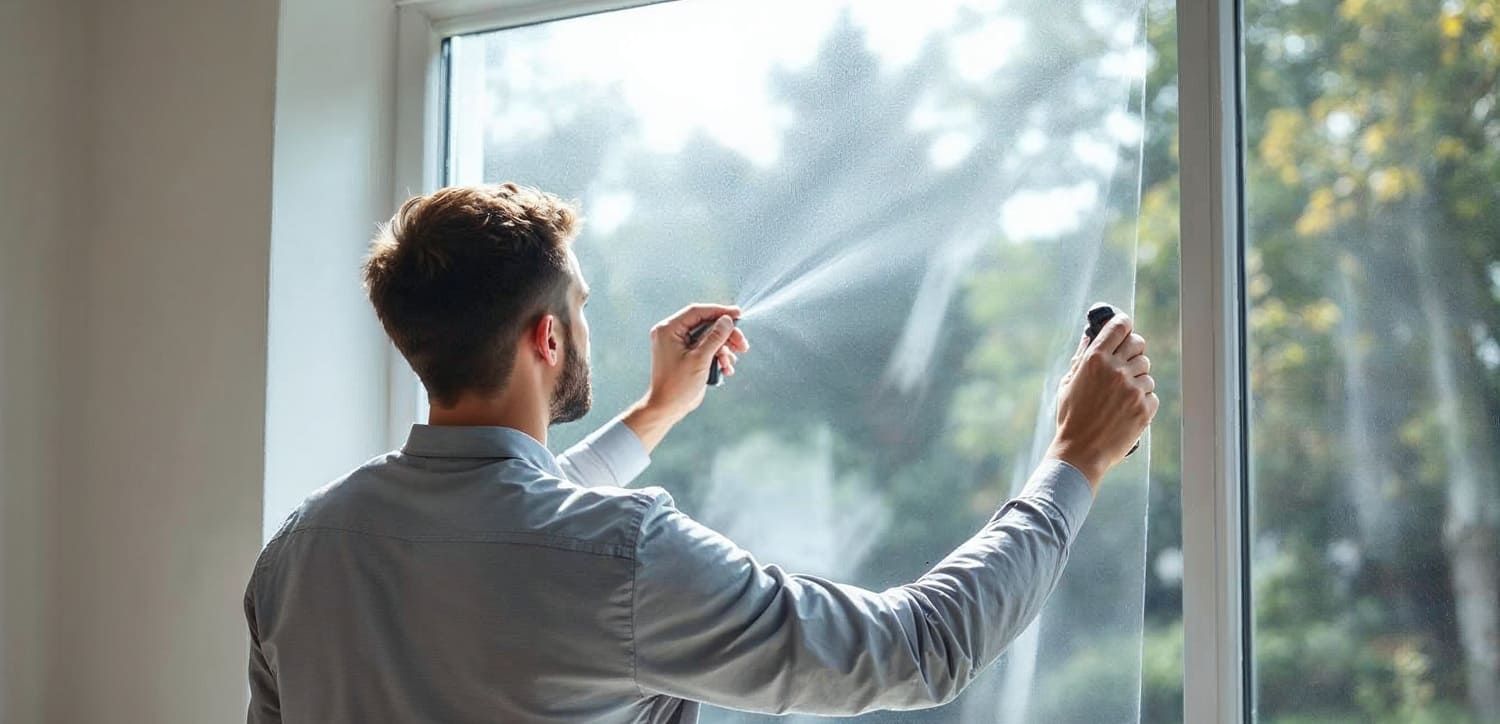
What Are Common Questions and Concerns About Solar Window Film?
Property owners frequently ask about lifespan, durability, visual impact, and limitations. Typical industry lifespans range from 10–20 years depending on film quality, installation, and exposure, and warranty terms vary by manufacturer and dealer—usually stronger with authorized installers. Issues like bubbling, color change, or incompatibility with certain coated IGUs can be avoided with proper specification and installation. Below we answer common questions with concise, practical guidance to help you evaluate trade-offs.
How Long Does Solar Window Film Last and What Is Its Durability?
Quality solar films typically last 10–20 years, depending on technology, exposure, glass angle, and installation. Ceramic and premium low-E films tend to retain clarity longer, while lower-cost reflective films can show faster aesthetic changes in harsh environments. Durability also depends on correct edge detailing and avoiding installation on glass with failed seals or incompatible coatings. Regular cleaning with non-abrasive products and avoiding sharp objects preserves appearance—your installer will explain warranty coverage and maintenance to help maintain performance over the stated life.
Installation quality and pre-installation inspection are the biggest factors in long-term durability, which is why certified installers and authorized products matter.
Are There Any Disadvantages or Limitations to Solar Window Film?
Solar film is not a substitute for insulating window replacement when IGU failure or major thermal bridging is the core issue, and there are trade-offs between VLT and heat rejection—higher heat rejection often means lower visible light. Poor installation can lead to bubbling, peeling, or visual distortion, and some reflective finishes may not suit historic or tightly regulated designs. To mitigate risks, choose high-VLT ceramic films to preserve daylight, work with authorized installers, and apply film where solar control clearly outweighs insulation needs.
Understanding these limits helps you pick the right solution—film, replacement windows, or interior shading—for each specific performance gap in a building.
Does Solar Window Film Affect Natural Light and Window Appearance?
Appearance changes depend on VLT and finish: neutral-tone ceramic films preserve daylight and color rendering, while reflective films increase exterior reflectivity and can darken interiors. High-VLT films retain daylight while still rejecting significant IR and UV, balancing daylighting goals and thermal control. Many installers offer sample swatches or small trial pieces so you can preview the look before a full installation. Thoughtful selection and professional installation minimize unwanted aesthetic impact while delivering the intended comfort and protection benefits.
When appearance matters, prioritize neutral, high-clarity films to keep daylight and minimize visible change.
How Can You Get a Free Estimate and Start Saving with Solar Window Film?
Requesting a free estimate starts with a brief assessment of your goals, window inventory, and problem areas so a certified installer can create a site-specific proposal with projected savings and payback. Expect an initial contact to collect project details, a scheduled site visit for measurements and photos, recommended film options with VLT/SHGC targets, and a written proposal listing installed cost, warranty terms, and estimated savings. Providing basic information—number of windows, trouble spots (glare, heat, fading), and aesthetic preferences—speeds the quoting process and improves accuracy. Below we outline what happens on installation day.
These steps create transparency and let you compare film options, performance metrics, and installer warranties before you commit.
What Is the Process for Requesting a Solar Window Film Quote from EcoArc?
To get a quote from EcoArc Home & Office Window Tinting, tell us your property type, how many and which orientation windows concern you, and your primary goals—energy savings, glare reduction, or interior protection. A certified representative will schedule a site visit to document window geometry, exposure, and glass condition, recommend LLumar or Vista film options that match your goals, and deliver a written proposal that itemizes installed costs, performance metrics, and warranty coverage. Response times and detail vary by project size, but a site visit is standard to develop accurate payback estimates and a clear scope of work.
This site-specific approach yields the most reliable ROI estimates and makes sure film selection matches your building’s real performance needs.
What Should Homeowners and Business Owners Expect During Installation?
On installation day, our team protects floors and furnishings, thoroughly cleans glass, measures and cuts films precisely, applies film using professional squeegee techniques, and inspects for bubbles, edge adhesion, and optical clarity. Most residential jobs finish in a day or two depending on scale; commercial installs are staged to minimize disruption. After installation you’ll receive a final inspection, care instructions, and warranty documentation. Following curing and cleaning guidance preserves clarity and ensures warranty compliance.
- Prepare basic information: window count, trouble spots, and access notes speed quoting.
- Expect a site visit: accurate measurements and glass inspection are required for a reliable proposal.
- Plan for short disruption: most residential installs finish in a day or two with minimal mess.
These steps move you from initial interest to installed film that delivers measurable comfort, protection, and energy-related savings.
Frequently Asked Questions
What is the lifespan of solar window film?
Most quality solar films last 10–20 years, depending on film quality, installation, and sun exposure. Ceramic and premium low-E films usually maintain optical clarity longer. Proper installation is essential—poor technique can cause bubbling or peeling that shortens life. Regular, gentle cleaning and following manufacturer care instructions help keep film looking and performing well over time.
Can solar window film be applied to all types of glass?
Solar film can be applied to most glass types, but some conditions limit effectiveness. Films may not adhere well to glass with compromised seals or to certain coated insulated glass units (IGUs). A professional installer will assess glass compatibility and recommend the best film type for your windows to ensure longevity and performance.
How does solar window film affect indoor lighting?
Indoor lighting impact depends on visible light transmission (VLT). High-VLT films allow more daylight while still cutting heat and UV—good for spaces where natural light matters. Reflective films darken interiors more noticeably. Choosing the right VLT balances daylight, glare control, and thermal comfort so spaces stay bright without excessive heat.
What maintenance is required for solar window film?
Maintenance is simple: clean with non-abrasive, mild cleaners and soft cloths to avoid scratching. Avoid sharp tools near the film surface. Follow the manufacturer’s cleaning recommendations and your installer’s tips to maintain appearance and warranty coverage.
Are there any health benefits associated with solar window film?
Yes. Solar film can block up to 99% of harmful UV rays, reducing the risk of skin damage and helping protect occupants. By cutting glare and heat, film also creates a more comfortable indoor environment that can improve productivity and overall well-being. It also helps preserve furnishings and finishes for a healthier indoor environment over time.
How does solar window film compare to other energy-saving solutions?
Solar film is often more cost-effective than full window replacement and can deliver similar cooling savings. Window replacement improves insulation and winter performance but is more expensive and disruptive. Film installs quickly with minimal disruption and provides immediate cooling savings, making it a strong interim or targeted solution until a full window upgrade is practical.
What should I consider when choosing a solar window film?
Consider VLT, SHGC, and UV rejection, plus your goals—glare reduction, energy savings, or preserving interiors. Check durability, warranty terms, and manufacturer reputation, and consult a professional installer to match film performance to your building and climate.
Conclusion
Solar window film delivers clear value: improved energy efficiency, better comfort, and protection for interiors. By reducing solar heat gain and blocking damaging UV, film makes living and working spaces more comfortable while lowering energy costs. To maximize results, get tailored recommendations from certified professionals who can estimate savings and guide product selection. Request a free estimate today and see how solar film can improve comfort and cut energy use in your space.
